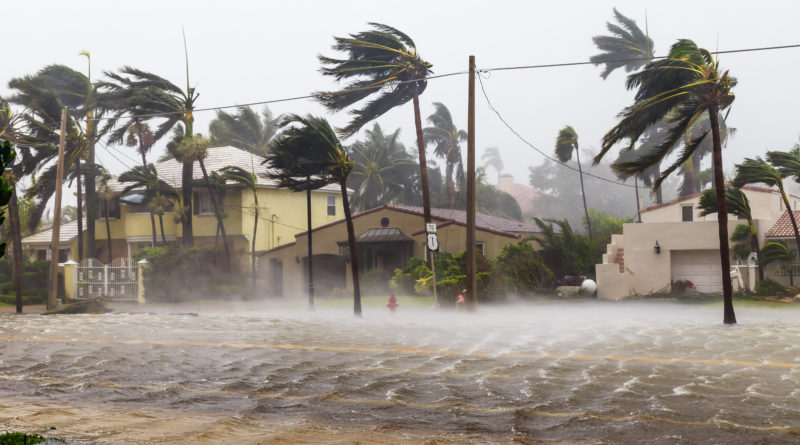The Way We Categorize Hurricanes Put People in Danger
1,366 total views, 2 views today
Thanks to advances in technology, as well as an advanced comprehension of the way storms behave, meteorologists can now estimate a storm’s path with astounding precision, implying that they can provide helpful data to authorities who manage crises.
In spite of our progress, the manner by which we categorize hurricanes is pretty much still the same as it was in the 1970’s.
We classify hurricanes using the Saffir-Simpson Hurricane Wind Scale, which arranges storms according to their sustained wind speeds, from Category 1 (74 to 95 miles for every hour) to Category 5 (157 miles for every hour and up). The purpose of this scale is basically to ascertain how much damage the storm can cause to surrounding buildings.
The big issue is that the Saffir-Simpson scale only tells experts what to expect as far as wind speeds, despite hurricanes being a multi-hazard event. While high wind speeds can be lethal, it is also highly important that we take hazards like storm surge and rainfall into account. The hurricane scale we have right now doesn’t account for either.
Hardly anybody from the general public seems to comprehend that the scale only represents wind speed. Still, a lot of people make judgments on how seriously they should take a storm based on the category number. A research conducted after 2008’s Hurricane Ike in Texas recommended that some people are likely to evacuate as the category number rises. This should worry emergency managers, as it implies that fewer people will evacuate for hurricanes with lower category numbers, even though they’re often just as dangerous.
There are components to consider when deciding if people will evacuate during a hurricane, such as access to transportation and health concerns influencing the ability to travel. However, it is vital that they understand the risk they are facing. Hurricane Florence, the impacts of which are being felt across the Carolinas, is a case study of why the category method is worrying. Before the hurricane made landfall, the media ran headlines that the storm was debilitating, because the wind speeds fell from category 4 to category 1.
While they were right in their assessment that the wind speed was lowered, Florence was still unsafe. Truth be told, it turned out to be more perilous. Emergency managers tried their best to clarify why the lower category did not mean that the storm was less dangerous.
The essential worries with Florence were never its wind speeds, but its storm surge and expected precipitation. The lower category did not change affected regions’ high possibility of flooding, and as a result, it was reported that 32 people lost their lives as a result of the storm.
Depending on the Saffir-Simpson scale can undoubtedly mislead the overall population as to the intensity of a hurricane when wind speeds are not its most dangerous element. The scale does not represent how each one of the hazards will affect us and our environment.
The connection between hazards and the areas’ inhabitants need to be considered. What manner will each hazard endanger what lies in a hurricane’s path? What zones will flood? How serious will the flood be? Who are in those zones and who needs to leave? How do we evacuate them?
Reacting to a hurricane that doesn’t stay stationary may require an alternate approach from cases like Florence, which generally remained stationary for a few days, dumping record-breaking precipitation that led to boundless flooding. For instance, a week’s worth of supplies might be required for the latter. Such things matter when planning for a storm.
The Saffir-Simpson scale doesn’t tell the hurricane’s full story, and we have to figure out how to fix the problem. Rather than concentrating only on a hurricane’s wind speeds, we need an approach that represents all features of a storm so we can disperse lifesaving information more precisely.

